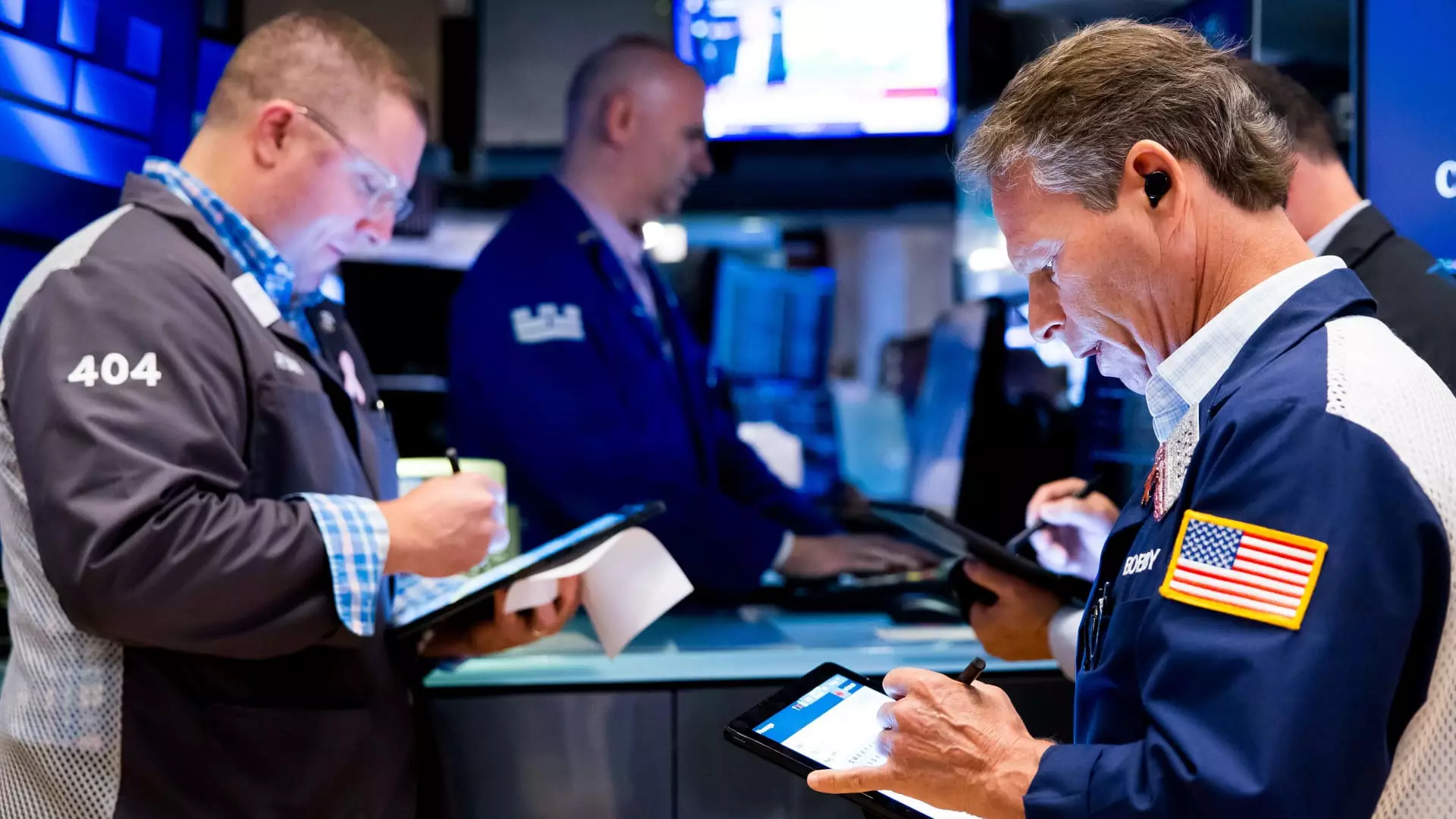The latest surge in U.S. stock markets, with the S&P 500 and Nasdaq reaching new highs, might seem like a testament to economic vitality. However, this optimism masks a more troubling reality. Beneath the euphoric headlines lies a fragile psychological state, driven by a single robust jobs report that, while encouraging, does not fundamentally redefine the economic landscape. Relying solely on short-term data to validate market confidence is a classic trap—one that risks overlooking underlying vulnerabilities like mounting debt, wage stagnation for many workers, and increasing income inequality. The market’s bullish response reflects hopefulness rather than economic robustness, a dangerous stance that can quickly turn sour if external shocks or policy missteps occur.
Overconfidence in the Labor Market’s Narrative
The so-called “better-than-expected” jobs report is a classic example of cherry-picking favorable data to reinforce a narrative of resilience. Yes, 147,000 new jobs and a dipping unemployment rate seem positive at face value. But this narrowly focused snapshot ignores critical nuances: labor force participation remains low, wage growth is sluggish, and millions are underemployed or have dropped out of the workforce entirely. The narrative that the economy is “hanging tough” conveniently sidesteps these deeper issues. It’s tempting for investors to embrace optimistic headlines when they align with their hopes for continued growth, but a cautious, critical perspective reveals that a labor market showing signs of stagnation isn’t sustainable indefinitely.
The Federal Reserve’s Dilemma and Market Risks
The market’s reaction also demonstrates an overreliance on central bank policies as a safety net. Despite clear signals that the Fed is unlikely to cut interest rates anytime soon—thanks to strong employment figures—risk remains elevated. The presumption that monetary policy can continually support market gains ignores the underlying debt levels, inflation concerns, and geopolitical uncertainties. Precise market expectations, such as the near-certainty of stable rates in July, may give a false sense of security. In reality, policymakers face a delicate balancing act between controlling inflation and avoiding the pitfalls of excessive intervention, and pinning hopes on rate assurances is fundamentally shortsighted.
Trade Politics and Market Sentiment: A Thin Veil
The recent optimism is further clouded by political posturing, particularly around trade negotiations. The president’s trade agreements and tariffs are volatile factors that inject unpredictable risk into the market narrative. While investors may be lauding the early signs of trade deal progress, history has shown that trade negotiations can unexpectedly sour, eroding confidence and destabilizing markets. The assumption that forthcoming agreements will smooth the path forward overlooks the complexities and potential setbacks inherent in international negotiations. This hopefulness is a double-edged sword—once the political reality deviates from optimistic forecasts, markets could face swift corrections.
Is the Market Overestimating Resilience?
Ultimately, the recent rally highlights an overconfidence that borders on complacency. Stock prices have rallied amidst a backdrop of mixed economic signals and increasing geopolitical tensions. While the political narrative and short-term economic data may justify some optimism, it’s dangerously naive to ignore the structural weaknesses that underpin this rise. The markets may feel robust now, but history teaches us that sustained overexuberance often precedes swift corrections. An overly sanguine attitude towards the resilience of the economy and markets fails to account for the complex interplay of internal vulnerabilities and external shocks that could undermine this fragile upward trajectory.
Despite the celebrations around record highs, the truth remains that the current market surge is built more on hope and policy promises than on solid, sustainable economic fundamentals. Beneath the surface, a careful, critical outlook suggests that investors should temper their enthusiasm and remain vigilant for signs of an eventual correction driven by realities that short-term data cannot obscure.



Leave a Reply